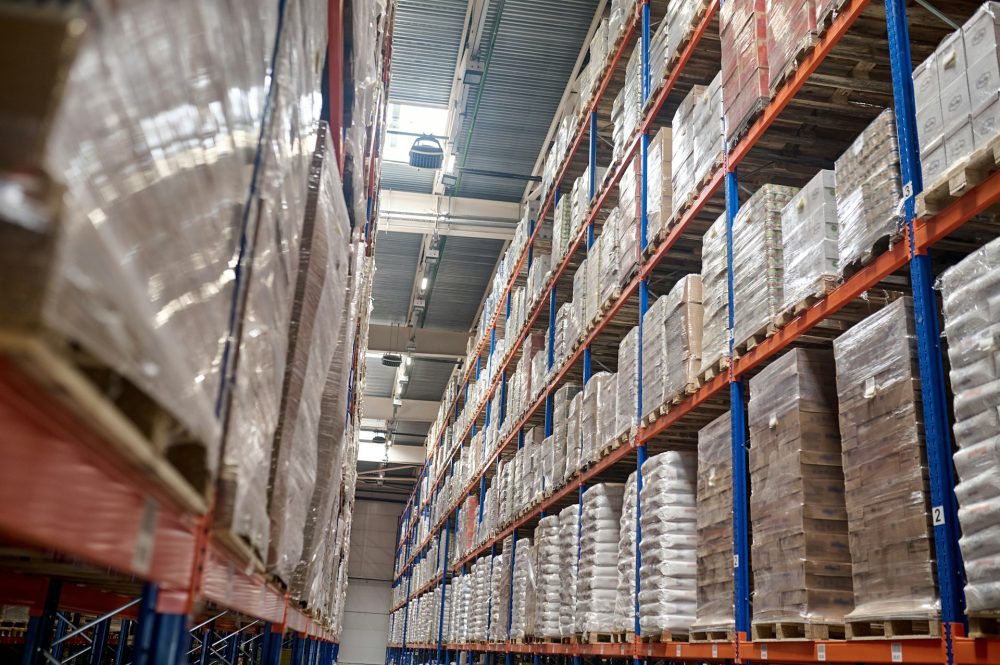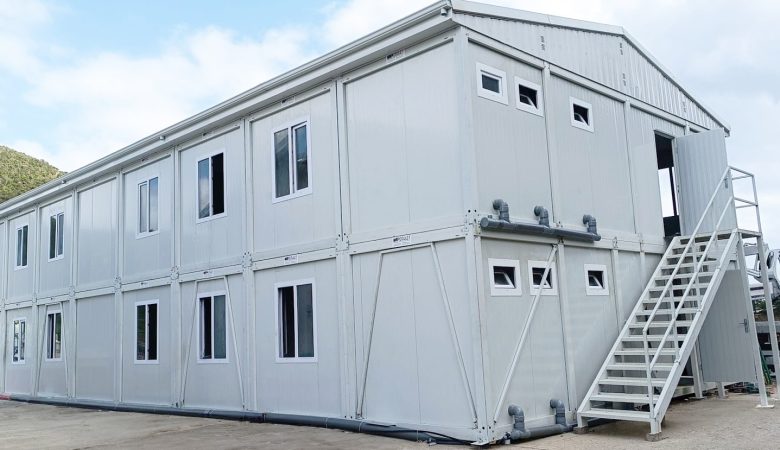In the fast-paced world of warehousing and logistics, efficiency is key to maintaining smooth operations and reducing costs. Warehouse Management Systems (WMS) are central in optimising inventory control, order fulfilment, and overall warehouse management. However, for a WMS to function at its best, it requires real-time data access, seamless communication, and efficient tracking systems. This is where fixed and vehicle-mounted terminals, like those offered by BEC, come into play. These terminals are integral tools that enhance WMS efficiency, streamline operations, and improve inventory tracking and management.
- Real-Time Access to Warehouse Management Systems
One of the most significant advantages of using fixed and vehicle-mounted terminals is the ability to provide real-time access to WMS. In a typical warehouse environment, employees must update inventory records, track shipments, or fulfil orders as quickly and accurately as possible. Fixed terminals, placed strategically throughout the warehouse, allow workers to access the WMS from any location within the facility, ensuring that data can be updated instantly.
Vehicle-mounted terminals take this further by providing real-time access directly from the warehouse vehicles, such as forklifts and pallet trucks. These terminals are mounted on the vehicle’s dashboard or steering column, enabling operators to interact with the WMS while on the move. This continuous connectivity allows for the rapid transfer of information to the centralised system, whether updating stock levels, confirming locations, or checking order statuses. The result is a streamlined flow of information throughout the warehouse, ensuring that all decisions are based on the latest, most accurate data.
- Improved Inventory Tracking and Management
Inventory tracking is a fundamental aspect of warehouse management, and fixed and vehicle-mounted terminals are crucial in improving this process. In the past, manual inventory management was prone to errors, inconsistencies, and delays. With the integration of these terminals, warehouses can now track every item in real time, improving accuracy and reducing the risk of stock discrepancies.
Fixed terminals allow employees to scan barcodes, RFID tags, or QR codes on products or pallets as they are received, stored, or dispatched. This ensures that inventory levels are updated immediately in the WMS. If a product is moved, added, or removed from the system, the change is reflected instantly, providing warehouse managers with an up-to-date view of stock levels.
On the other hand, vehicle-mounted terminals allow operators to track inventory in real time while moving through the warehouse. When transporting goods, the terminal lets the operator scan products as they are picked up or dropped off, instantly updating the system with the new location and stock quantity. This integration improves efficiency by eliminating manual data entry and reducing human error. As a result, inventory is tracked more precisely, and warehouse staff can easily locate and retrieve items when needed, optimising the picking process.
- Optimised Picking and Order Fulfilment
Order fulfilment is one of the most critical functions in a warehouse, and fixed and vehicle-mounted terminals can significantly improve this process. With these terminals, warehouse staff can access live order data, ensuring that they pick the right items at the right time. The terminals also guide employees through the most efficient picking routes, ensuring that goods are retrieved quickly and with minimal effort.
Fixed terminals are often located in key areas such as the receiving docks, shipping stations, or picking zones. Employees can use these terminals to check for new orders or confirm which items must be picked up next. The real-time updates these terminals provide ensure that staff members have the most current information, helping to avoid delays and improve picking accuracy.
Vehicle-mounted terminals enhance picking by allowing forklift operators or warehouse vehicle drivers to check order information while in motion. These terminals are designed to be user-friendly, with large displays that show picking instructions, order details, and location information. As vehicles move through the warehouse, operators can immediately see the products they need to pick or transport, optimising the workflow and reducing downtime.
- Enhanced Communication and Collaboration
Efficient communication is essential in any warehouse, especially in large-scale operations with numerous staff members working simultaneously. Fixed and vehicle-mounted terminals provide a direct communication channel between warehouse staff and managers, facilitating quicker decision-making and more effective collaboration.
For example, when an employee encounters an issue, such as a missing item or an unexpected stock discrepancy, they can quickly communicate with management via the terminal. Fixed terminals can be connected to the warehouse’s internal messaging system, enabling seamless communication across different departments. Likewise, vehicle-mounted terminals allow drivers and operators to communicate with supervisors in real time, addressing issues or confirming tasks without having to leave their vehicles. This improves response times and keeps warehouse operations running smoothly.
- Increased Productivity and Reduced Downtime
By integrating fixed and vehicle-mounted terminals into warehouse operations, businesses can significantly boost productivity and reduce downtime. These terminals streamline data entry processes, allowing employees to focus on more value-added tasks rather than spending time on manual logging or waiting for updates from the system. The instant access to the WMS provided by these terminals ensures that inventory is always up to date, which prevents delays caused by stock inaccuracies or missing information.
Moreover, vehicle-mounted terminals improve productivity by enabling operators to work while moving rather than needing to stop and enter information manually. As operators carry out their tasks with real-time access to the WMS, they can resolve issues quickly and continue working without interruption, reducing downtime and maximising warehouse throughput.
- Improved Data Accuracy and Reporting
Fixed and vehicle-mounted terminals contribute to better data accuracy and reporting. With manual data entry, errors can easily occur, leading to discrepancies in stock levels, shipping delays, or inventory shortages. However, by using these terminals to scan products and update the WMS in real time, warehouses can achieve more accurate data, minimising errors.
Accurate, up-to-date data from the terminals can also be used for more detailed and reliable reporting. Warehouse managers can generate reports on stock levels, order fulfilment times, and employee productivity, giving them the insights they need to make informed decisions and optimise warehouse performance.





